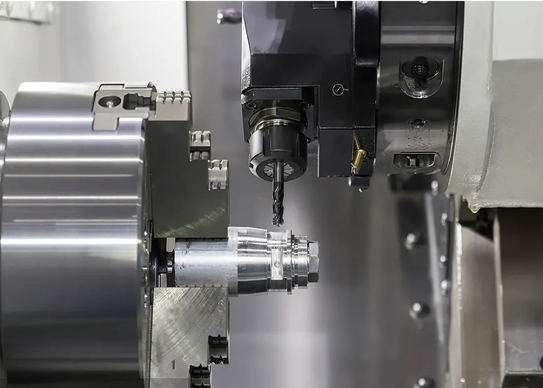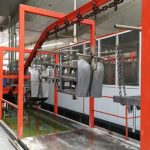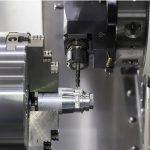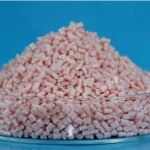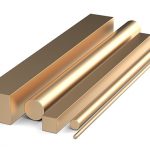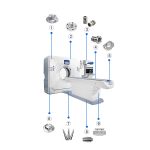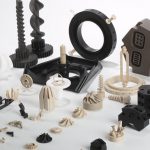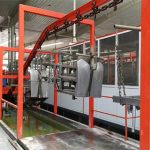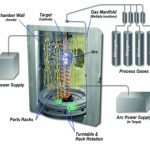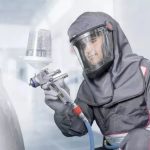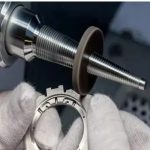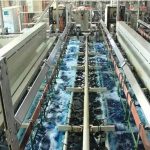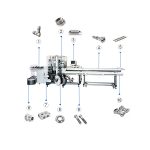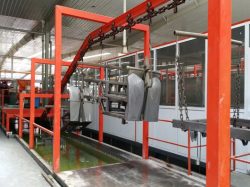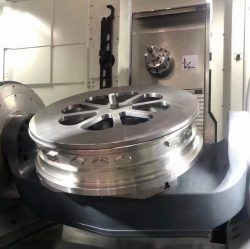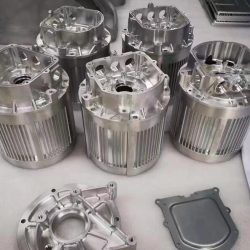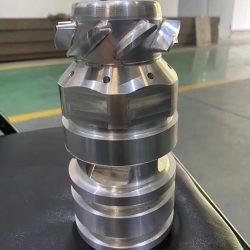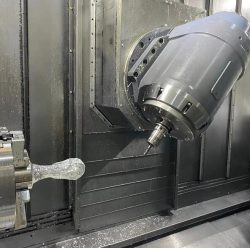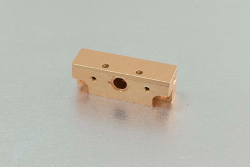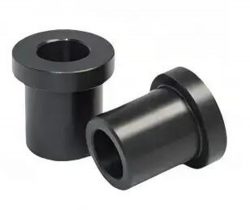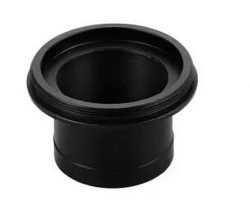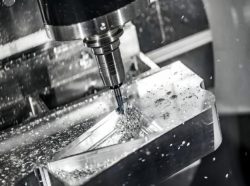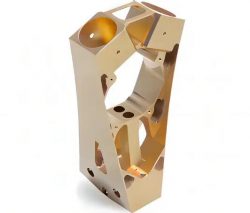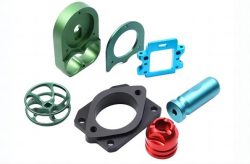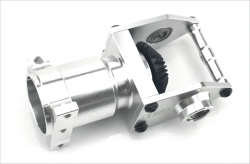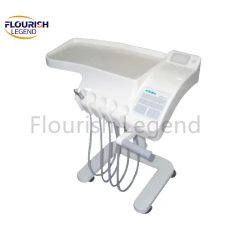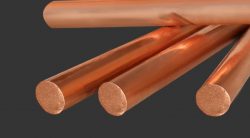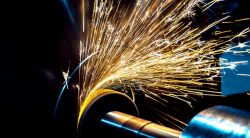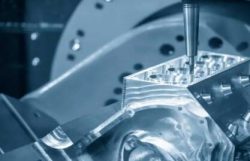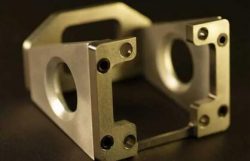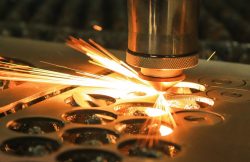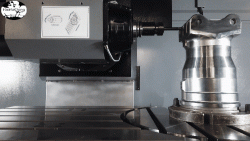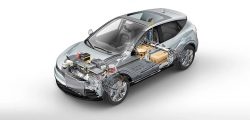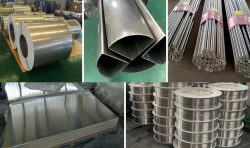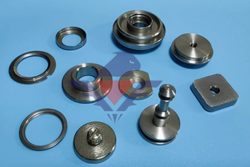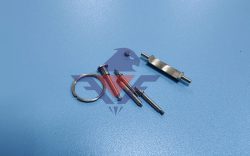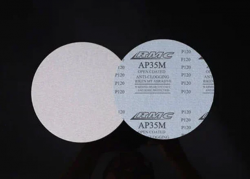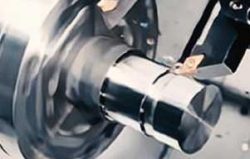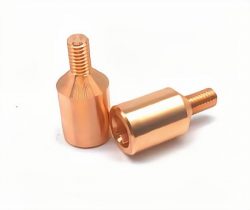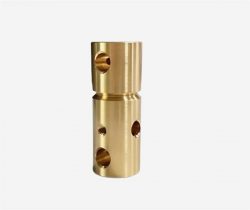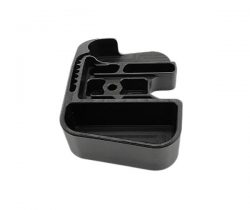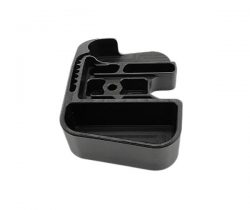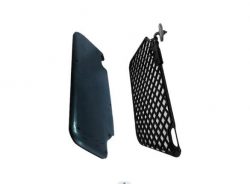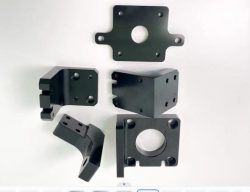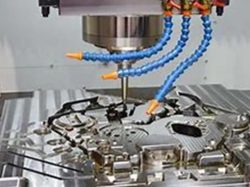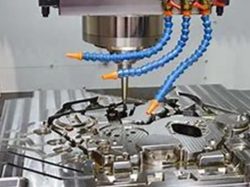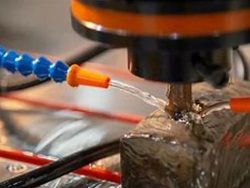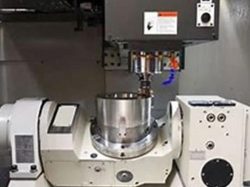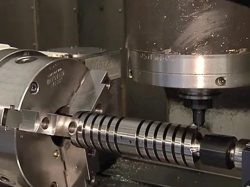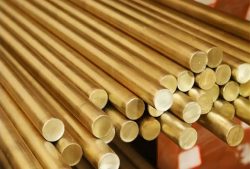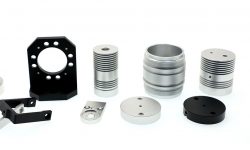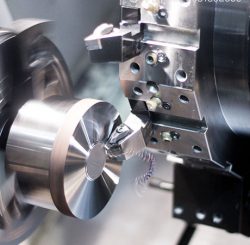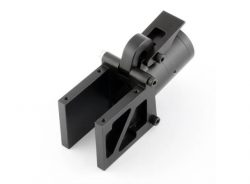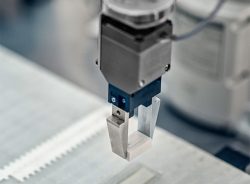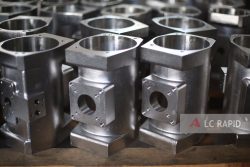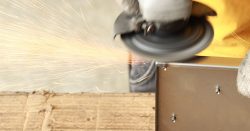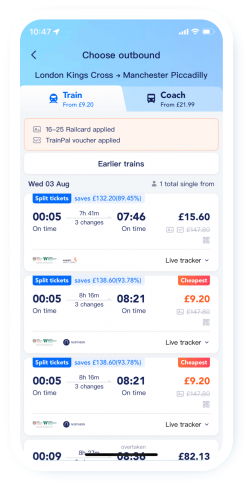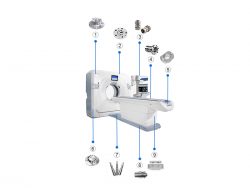CNC TURNING
We have 50 CNC automatic lathes, which provide the processing capacity of producing 1 million pieces per year. We have high-precision (± 0.002) digital lathe processing. The turning range is from 1mm to 1200mm. Shaft, rod, tube, and circular machining are the main machining types of turning. The surface processing of non-concentric parts such as knurling can be completed through special tooling fixtures. CNC turning services are especially suitable for the processing of large quantities of parts. By increasing automatic feeding, simultaneous processing of multiple tools, and increasing the number of workpieces, the processing of CNC machining parts with the same quality can be optimized, which can greatly improve the machine efficiency and reduce the processing cost.
What Is CNC Turning?
CNC turning operation is the most common machining method in machining. The main working principle is: through the high-speed rotation of the workpiece on the machine tool, the tool shifts in the axial and vertical axes, so that the blade cuts off some CNC machining materials of the interfering parts. NC turning is a way to distinguish manual turning. Manual turning depends on manual control of machine speed and feed. CNC automatic lathe turning is a way to realize semi-manual machining by manually setting machine parameters.
What Is The Difference Between CNC Turning And Milling?
Ordinary turning and milling; Description and difference between CNC turning and CNC mill turn: in common processing technology, turning is through rotating parts, the tool and material are in point contact, and the material is cut through the tooltip (blade). Milling is by turning the tool. The material and the tool are in line contact.
More material per unit volume can be removed at one time through the blade. There is no essential difference between the two, and there is little difference in machining efficiency and precision. Compared with ordinary turn-milling, CNC turn-milling has higher efficiency.
A programmable controller is used to replace part of manual work, and automatic machining in CNC precision turning is realized through program control to speed and tool path. Ordinary turn-milling requires manual selection of parameters such as speed and feed rate.
Through the manual operation, it has high requirements for workers’ experience. CNC turning and precision CNC milling have higher requirements for program writing, which requires reasonable programs and accurate parameters.
At the same time, CNC turning and CNC milling have replicability and universality, which can be produced in large quantities, reduce the requirements for labor and greatly improve efficiency. With the progress of society, CNC turn-milling has greatly replaced the ordinary turn-milling process.
Applications Of CNC Turning
CNC machining is embodied in all walks of life, ranging from our common daily necessities (pots, bowls, cookers) to various parts of aerospace, from automobiles, ships, engineering machinery, agricultural machinery, communication, electronics, and other industries, Basically all manufactured goods can be processed by NC.
Daily necessities, especially small household appliances, such as commonly used metal cutting tools and tableware, are especially suitable for some processes to adopt CNC numerical control processing because of their large quantity and standardized processing requirements. In particular, we can provide automatic feeding and reclaiming processing, which greatly improves efficiency and reduces the cost.
The parts and components of the automobile industry have the characteristics of high volume and strict requirements. The contemporary automobile has a great rate of resistance to the improvement of automation efficiency in the manufacturing process and the decline in cost. NC machining is applied to all processes of the automobile industry, including engines, gearboxes, shafts, and other parts of all models of trucks, cars, and off-road vehicles.
Most mechanical parts of engineering, agricultural machinery, and other machines use CNC processing technology, including various shafts, valves, crankshafts, connecting rods, seals, and other parts.
Due to its large quantity and high precision requirements, communication and electronics are widely used in NC machining, from communication base station radiators to daily mobile phone cameras, watch shells, and parts of non-standard automatic manufacturing equipment. The industries described above are only part of the application scenarios. The manufacturing industry is the foundation of all products in all industries and the foundation of society. According to statistics, the proportion of NC processing in China’s domestic processing industry is only 15%, and the proportion of NC processing in European and American developed countries is as high as 30% to 40%. Domestic CNC turning factory is concentrated in the Pearl River Delta and Yangtze River Delta, We have both labor and supply chain advantages in Shenzhen to provide customers with fast and high-quality processing technology services.
Advantages Of CNC Turning
Advantages and characteristics of CNC machining:
01
Rapid processing and production in large quantities and short supply cycle. Through the batch copy processing of the program in CNC vertical turning center, without human intervention, multiple machine tools can be processed at the same time, reducing labor and improving efficiency. The cycle can be calculated by hour.
02
The sampling cycle is short and the quality is guaranteed. The program is automatically imported, simulated processing, and automatic production to reduce manual errors. The samples can be produced by CNC turning operation quickly every day. The processing accuracy can be tested at any time in the production process to ensure quality.
03
The appearance accuracy and quality are guaranteed: we invite professionals to make efficient enterprise processes for the enterprise according to our own enterprise characteristics, so that each processed part has a beautiful appearance (no scratches) and consistent size progress (in line with the design requirements), and introduce independent surface treatment and flexible packaging in later surface treatment and transportation so that customers can receive perfect products.
